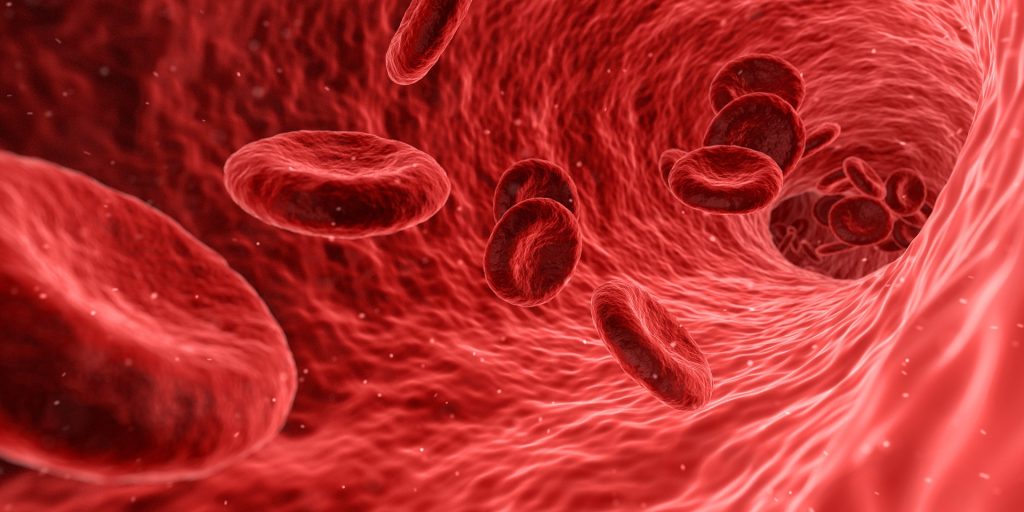Loneliness in Middle-aged Men Tied to Cancer Risk

A recent study by the University of Eastern Finland shows that loneliness among middle-aged men is associated with an increased risk of cancer.
Cancer is the second leading cause of death around the world, and in high-income countries it has become the main cause. Recent scientific evidence demonstrates that stress plays a positive role in cancer initiation, progression and cancer metastasis, as well as a negative role for anti-tumor immune function and therapy response.
“It has been estimated, on the basis of studies carried out in recent years, that loneliness could be as significant a health risk as smoking or overweight. Our findings support the idea that attention should be paid to this issue,” said project researcher Siiri-Liisi Kraav from the University of Eastern Finland.
The study was launched in the 1980s with middle-aged men from eastern Finland participating. To avoid reverse causality, individuals who already had a cancer diagnosis or received a cancer diagnosis within two years after the baseline data collection were excluded from the analysis. The 2570 eligible participants had their health and mortality monitored on the basis of register data through to the present. Follow-up lasted an average of 20.44 years, and the average age of cancer diagnosis was 69.96 years.
Factors accounted for included age, socio-economic status, lifestyle, sleep quality, depression symptoms, body mass index, heart disease and other risk factors.
During the follow-up, 649 men (25% of participants) developed cancer, and 283 men (11%) died of cancer. Loneliness was associated with a roughlt 10% increased cancer risk. In addition, cancer mortality was higher in cancer patients who were unmarried, widowed or divorced at baseline.
Based on these results, the researchers recommended that consideration of loneliness and social relationships should be an important part of comprehensive health care and disease prevention. The findings were published in Psychiatry Research.
“Awareness of the health effects of loneliness is constantly increasing. Therefore, it is important to examine, in more detail, the mechanisms by which loneliness causes adverse health effects. This information would enable us to better alleviate loneliness and the harm caused by it, as well as to find optimal ways to target preventive measures,” concluded Kraav.
Source: University of Eastern Finland
Journal information: Kraav, S., Lehto, S.M., Kauhanen, J., Hantunen, S., Tolmunen, T., 2021. Loneliness and social isolation increase cancer incidence in a cohort of Finnish middle-aged men. A longitudinal study. Psychiatry Research: https://doi.org/10.1016/j.psychres.2021.113868









